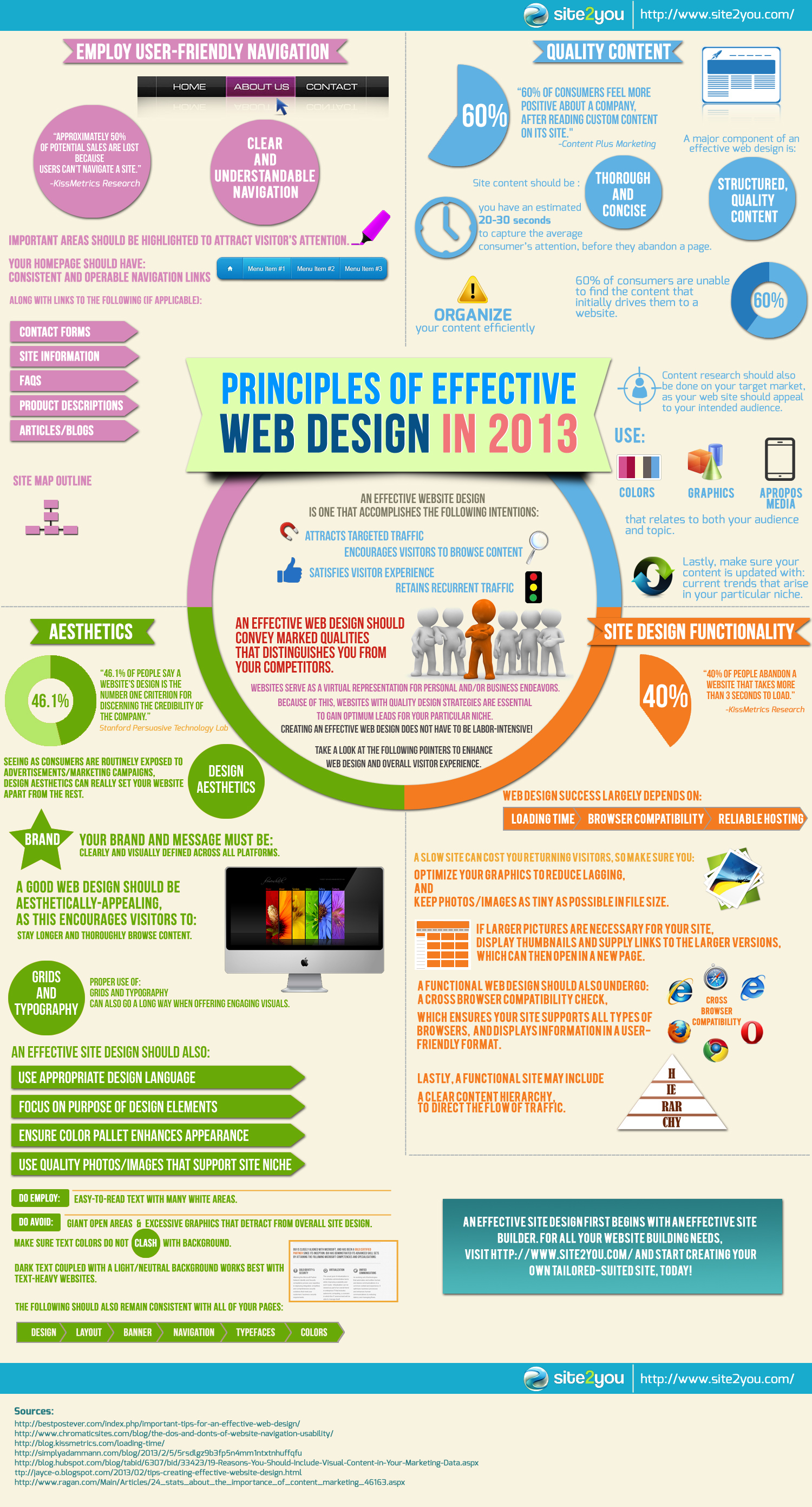Intrigued In Learning How Web Site Design Has Altered For Many Years? Explore The Progression From Fundamental, Uncomplicated Designs To User-Centered Techniques That Prioritize The Needs And Preferences Of On The Internet Visitors
Intrigued In Learning How Web Site Design Has Altered For Many Years? Explore The Progression From Fundamental, Uncomplicated Designs To User-Centered Techniques That Prioritize The Needs And Preferences Of On The Internet Visitors
Blog Article
Material Writer-Johansen Wren
In the past, websites were simple and focused on details. Navigation was straight, and design was for desktop computers. Now, customer experience is essential. Information guides styles for simple navigating. Responsive layouts match different tools. Today, dark mode minimizes strain, and minimalist menus improve navigation. Interactive attributes engage customers, and bold visuals stick out. AI integration boosts involvement. See just how style has actually developed to boost your on the internet journey.
Early Days of Web Design
In the early days of web design, simplicity preponderated. Sites were fundamental, with limited colors, typefaces, and designs. The focus was on providing details rather than flashy visuals. Users accessed the web via slow-moving dial-up links, so rate and performance were essential.
Navigation food selections were straightforward, usually located on top or side of the web page. Sites were made for desktop computers, as mobile browsing wasn't yet prevalent. Web content was king, and designers prioritized very easy readability over complex design aspects.
HTML was the main coding language made use of, and designers had to function within its constraints. Computer animations and interactive attributes were very little contrasted to today's criteria. Web sites were static, with little dynamic content or individualized user experiences.
Surge of User-Focused Style
With the development of website style, a shift in the direction of user-focused layout concepts has actually become increasingly popular. Today, developing web sites that focus on customer experience is important for engaging visitors and achieving organization objectives. User-focused layout entails recognizing the needs, preferences, and actions of your target market to tailor the site's layout, material, and includes accordingly.
Designers now carry out detailed research, such as user surveys and usability testing, to collect insights and feedback directly from individuals. This data-driven strategy aids in creating intuitive navigation, clear calls-to-action, and aesthetically appealing user interfaces that reverberate with site visitors. By putting the individual at the facility of the design procedure, internet sites can supply a more tailored and enjoyable experience.
Receptive design has actually additionally emerged as an essential element of user-focused layout, ensuring that websites are optimized for various tools and screen dimensions. https://www.searchenginejournal.com/create-smb-marketing-strategy-callrail-spcs/454102/ improves access and usability, accommodating the diverse ways users communicate with web sites today. Fundamentally, the surge of user-focused style signifies a change in the direction of developing electronic experiences that prioritize the needs and expectations of the end individual.
Modern Trends in Web Design
Discover the latest fads shaping website design today. One noticeable trend is dark mode design, providing a smooth and contemporary appearance while decreasing eye strain in low-light settings. Another essential fad is minimal navigating, streamlining menus and boosting customer experience by concentrating on essential elements. Including wix website ada compliant -interactions, such as animated switches or scrolling results, can create an extra interesting and interactive internet site. Receptive design remains essential, making sure smooth individual experiences across various tools. Furthermore, using strong typography and unbalanced layouts can add visual rate of interest and accentuate specific content.
Incorporating AI technology, like chatbots for customer support or individualized referrals, improves user engagement and enhances procedures. Ease of access has likewise come to be a substantial fad, with designers prioritizing comprehensive layout techniques to accommodate varied individual needs. Welcoming sustainability by optimizing website efficiency for rate and effectiveness is another arising trend in website design. Collaborating with user comments and data analytics to repeat and improve layout constantly is essential for staying appropriate in the ever-evolving electronic landscape. By welcoming these modern-day trends, you can create a visually appealing, straightforward web site that reverberates with your target market.
Read Even more
As you reflect on the advancement of site layout from the early days to currently, you can see just how user-focused layout has become the driving pressure behind modern-day fads.
Embrace the journey of adjustment and adjustment in website design, always maintaining the customer experience at the forefront.
Stay current with the current patterns and modern technologies, and never ever quit progressing your method to produce visually spectacular and user-friendly sites.
Advance, adjust, and create - the future of web design is in your hands.
